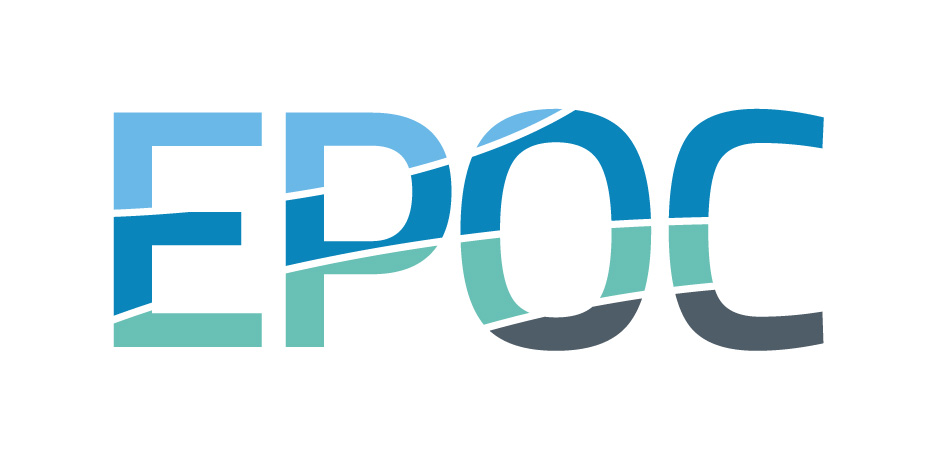
|
UMR CNRS 5805 EPOC
Environnements et Paléoenvironnements Océaniques et Continentaux |
English Version |
| AccueilEvénementsRecrutementsAccèsLiensPlan du Site | |
| > Evénements > Informations | |
|
Consignes de Sécurité et Numéros d'Urgence
(à l'usage des personnels du laboratoire) |
Séminaire Combining historical, satellite and real-time biogeochemical measurements of the Delaware Bay Date le 10-12-2013 à 14:00
Résumé We have used a combination of historical and more recent data sets to characterize the primary production and ecosystem dynamics in the Delaware Bay. In the lower bay, seasonally persistent coastal upwelling in the summer probably helps to sustain a productive ecosystem. In a recent study we have been able to use historical and satellite and ferry data between 1978 and 2011 to link an upwelling index to nutrient variability, primary production, and all the way to zooplankton.Currently, we are using a real-time biogeochemical monitor to try to model the primary production in the chlorophyll maximum region of the Delaware Bay based on nitrate, dissolved oxygen, and other hourly biogeochemical measurements. This monitoring system (Land-Ocean Biogeochemical Observatory, LOBO) is placed at the mouth of a tributary to the Delaware Bay, and captures large variability in biogeochemical parameters like nitrate, salinity and dissolved oxygen. We are able to demonstrate that in the summer the chlorophyll maximum region is quite productive and often the dissolved oxygen in the Delaware Bay supersaturates to between 110-160 %. We hypothesize that the oxygen is supersaturated due to local Delaware Bay primary production, fueled by nutrient influx from local small tributaries, rather than major upstream river sources. |
|
UMR CNRS 5805 EPOC - OASU - Université de Bordeaux Allée Geoffroy Saint-Hilaire - CS 50023 - 33615 PESSAC CEDEX - FRANCE | Dernière mise à jour : 6 Janvier 2025 | Contacts | Mentions Légales | © 2006-2025 EPOC | |